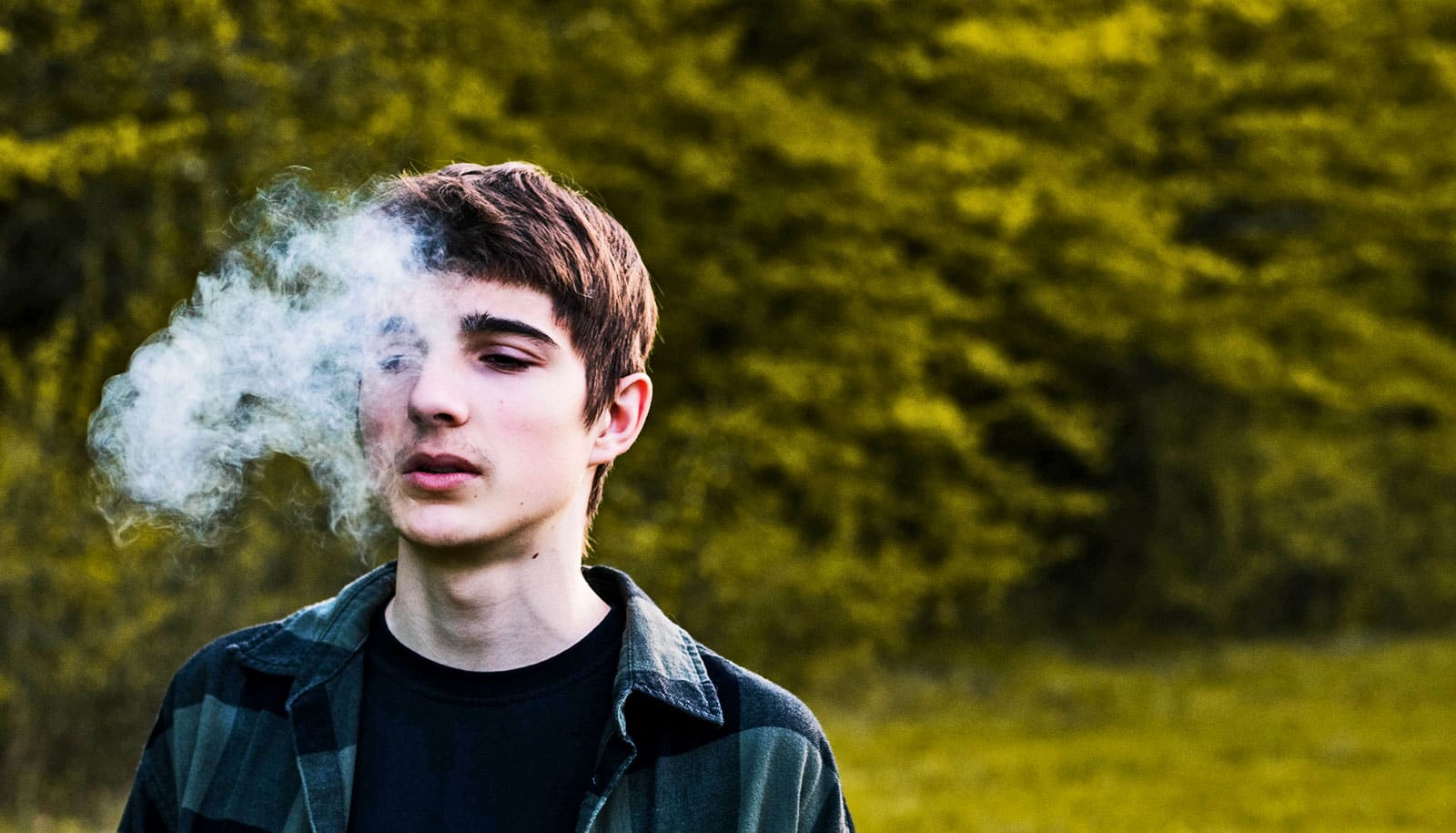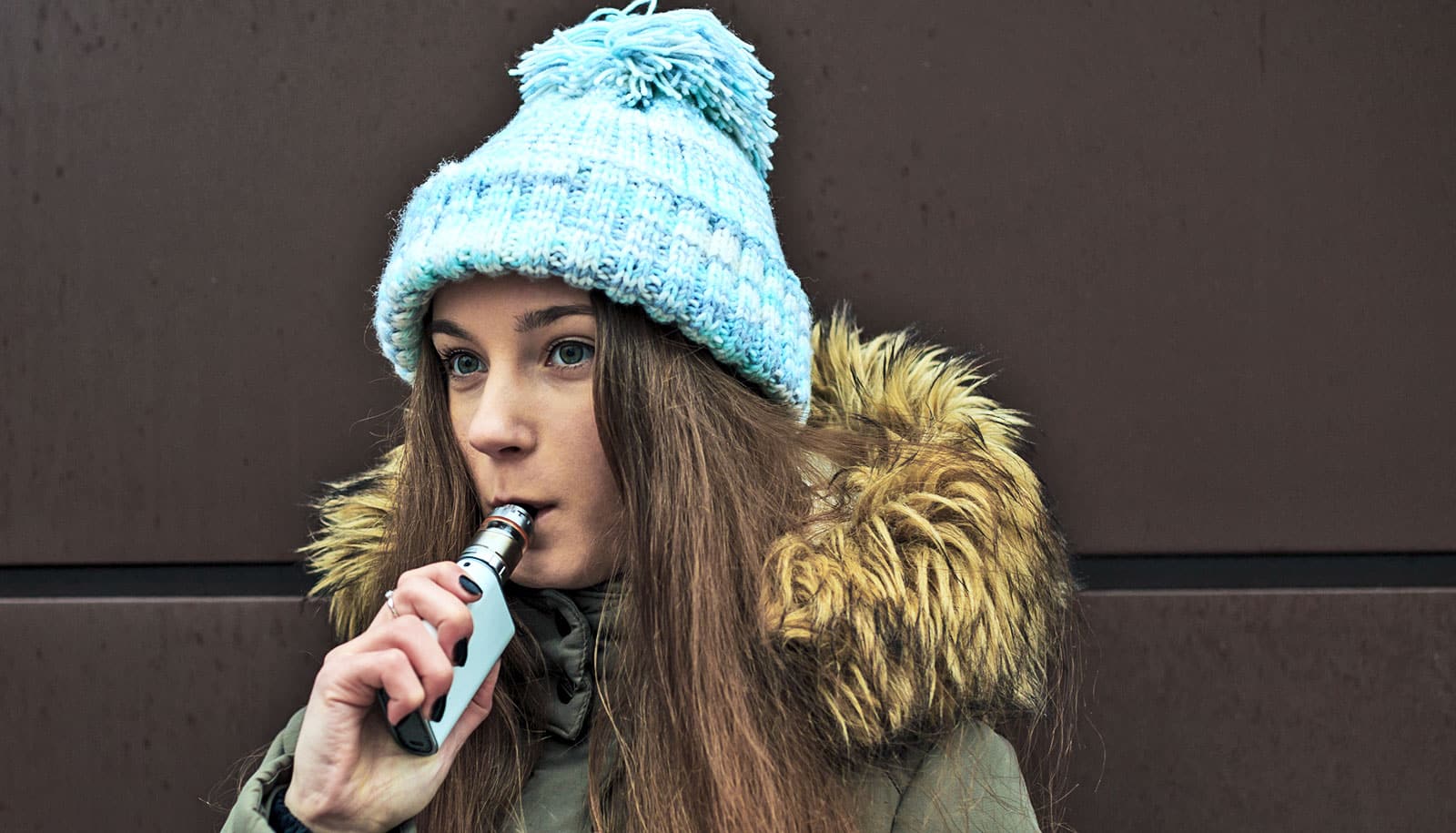More US high school seniors reported vaping cannabis in states where it is legal only for medical purposes than states where all adult use is permitted, according to a new study.
About 27% of 12th graders in medical marijuana states reported vaping cannabis compared to 19% in states that prohibited cannabis or allowed it for adult use.
“More than a quarter of our youth in medical states were vaping cannabis. That’s a lot,” says Christian Maynard, a sociology PhD student at Washington State University and first author of the study published in the journal Drug and Alcohol Dependence Reports.
“We were expecting medical and adult use states would be more similar. Instead, we didn’t find any statistical difference between prohibited and adult use states.”
“It’s possible the context of saying cannabis is for medical reasons is contributing to the fact that youth view it as less risky.”
For the study, Maynard and Jennifer Schwartz, his advising professor and a sociologist, analyzed responses from 3,770 high school seniors to the 2020 Monitoring the Future survey, a project which has surveyed US youth since 1975.
The researchers also analyzed a subset of 556 participants who had also answered questions about access to cannabis vaping products and risk perceptions. They found that 62% of the high school seniors in medical marijuana states reported very easy access to cannabis vaping cartridges or “carts,” and only 31% saw regular cannabis use as a great risk.
In both prohibited and adult use states, fewer high school seniors, 52%, reported easy access to cartridges. More also felt regular cannabis use was risky: 40% in prohibited states and 36% in adult use states.
The study could not identify exact reasons for the high rates of teen vaping in medical marijuana states, but Maynard suspects there may be a couple factors at play.
“It’s possible the context of saying cannabis is for medical reasons is contributing to the fact that youth view it as less risky,” says Maynard. “The difference in availability may also be that adult use states are providing legal cannabis to a wider range of people, which may in turn tamp down on the illegal market, and an adolescent can’t go to a dispensary.”
More research needs to be done to get to the reasons behind this difference, Maynard emphasizes.
While cannabis and tobacco use among teens has been decreasing overall, vaping has bucked that trend. Among high school seniors, cannabis vaping during the past 30 days made the second the biggest single-year jump in 2019 for any substance in the 45-year history of the Monitoring the Future study. It was only second to nicotine vaping.
Vaping remains popular even after crisis of related lung injuries in 2019 and 2020 that led to more than 2,000 hospitalizations including 68 deaths. Many of the cases were connected to cartridges sold outside of stores that contained Vitamin E, according to the Centers for Disease Control and Prevention.
The rise in cannabis vaping among teens highlights the need for parents and educators to help inform youth of the dangers, Maynard says.
“Like it or not, cannabis legalization seems to be happening across the country,” he says. “It’s very important to talk with adolescents. We know that at a younger age, when the brain is developing that cannabis is associated with harmful side effects. It’s also not safe to buy cannabis carts off the streets. You don’t know what they’re putting in those unregulated carts.”
Source: Washington State



